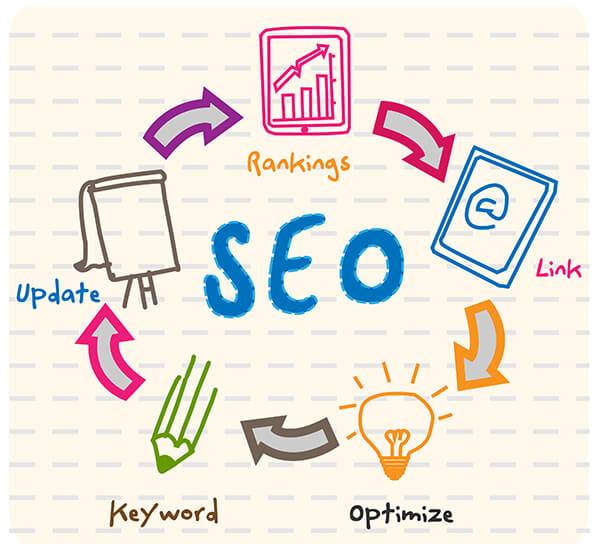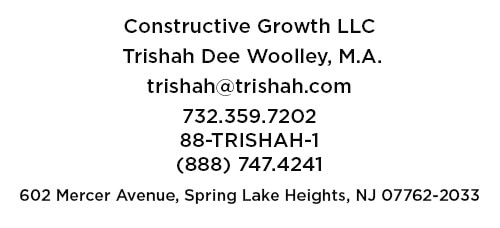A Short Summary of SEO A-B-C’s

Categories
Category: Web Design Blog
SEO A-B-C’s When you are wanting more online exposure for your ecommerce business, you need to start paying attention to search engine optimization (SEO).
As a site owner you can help search engines understand your site and what you’re selling with good structure and content. For instance, SEO does a better job of listing your site (called “indexing”) when terms specific to your website come up in user searches. For example, this post is being SEO’d for the phrase “SEO A-B-C’s”.
Because an A-to-Z review of this topic would fill a book, below is an abbreviated look at how SEO works, and how these SEO A-B-Cs can work for you…
Short Summary of SEO A-B-C’s
- A is for Algorithm. Search engines can’t think, but they can generate a list of the sites that they perceive to be the best hits for certain words.
- C is for Content. Naturally, you’re going to make sure each page of your site takes full advantage of SEO. But what happens when visitors come to your page, and you no longer carry the item they’re looking for or are out of stock? Review every page of your site regularly to make sure shoppers don’t reach dead ends. If you don’t have the products they’re looking for, update listings with the expected date you’ll be able to fulfill orders, or offer alternative products to keep them engaged on your site.
- K is for Keyword Research. When you understand the terminology your potential customers are plugging into search engines, the better you’re able to plug the same words onto your site. Think of keywords as shortcuts that sum up each page’s content.
- L is for Longtail. Longtail keywords are SEO phrases that contain three or more words, and they account for 70 percent of searches. Longtails allow shoppers to be specific; for example, instead of searching for “doll,” they can narrow their results to “vintage rag doll.”
- R is for Rank. Sure, your site may come up in a search, but is it on the first page? Better yet, is at or near the top of the first page? Recent data shows that the first hit on a page garners 32.5 percent of traffic; the second hit is a distant 17.6 percent and the numbers go downhill from there. Your goal is to keep your site ranked high, and that means reviewing your SEO keywords regularly.
- T is for Technology. Nowadays, third-party apps and tools make it easy to come up with search words with minimal manual input. Use these services, but don’t let them be a substitute for your personal expertise or good old common sense.
- U is for Unique. Search engines don’t like identical content from different sites. If your products come to you directly from a manufacturer, resist copying the original product information. Rewriting product descriptions and infusing them with your personal touch can help keep your listings unique and your site’s rank high.
- V is for Volume. This is the data in your stats that measures average monthly searches. This information can help you assess whether the SEO terms you’re using are yielding the best results.
Reference: Stamps.com

